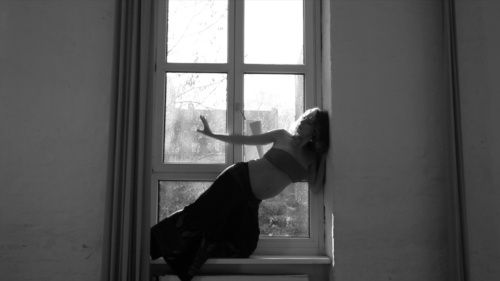UNTITLE
This was my first work 🙂
O Vídeo Arte Ambiciona Polarizar as seguintes Questões:
. Humano X Maquínico
. Formação X Forma
. Processamento X Produto
. Som externo a imagem X Som inerente a imagem.
. Minimalismo (repetição) X Tempo Histórico (Epílogo)
. Formalismo do ensaio dos efeitos vídeóticos X narrativo.
. Paralemetria musical X Paralemetria Visual
Referências:
. Abstração Informal da pintura dos anos 40 e 50.
. Exprecionismo
. Minimalismo
. Dança (Coreografia)
. Maternidade
. John Cage ( Paralemetria musical)
. Kodo. ( percução)
Idéias:
“ Uma musculatura visual do suporte vídeo”
“ Ver as coisas é esquecer os nomes”. Sem Título. Inominável.
“ Cardioplástico”
“ Uma Coreografia de luzes”
“ trabalho fortemente pictórico”
“ Figuração humana sugerida”
“ O trabalho narra a si mesmo”
“ A mixagem das Musicas “she is asleep” e “Music for Four” de Jonh
Cage , formam um monolito musical, que é quem da palavra as abstrações.
“ Monolito Musical e quando a musica é continua ou seja sem intervalo para o silencio.”
“As não formas acabam se transformando em organismos, água, corpo e abismo que permeiam e alertam para os acontecimentos abstratos, que com a edição ganham uma história . As abstrações materializam sentimentos íntimos onde a pessoa se depara com o abismo que o próprio corpo oferece”.
“ O trecho da música “Monochrome” do percucionista Kodo no epílogo, traz para até então abstrações e musicas que caminham paralelas durante a obra um momento de união onde imagem e som se coencidem, parecendo então formar forma, corpo porem ainda abstrato.
Sinopse:
(TÍTULO da obra), com duraçao de “xis” minutos, busca polarizar questões-chaves do mundo contemporâneo, entre as quais: o humano versus o maquínico; a repetiçao contra a diferença; o factual e suas projeções subjetivadas. Trata-se de uma experiência ostensivamente abstrata (as figuram tendem à diluição ou ao fantasmagórico) e formalista, ou seja, auto-questionadora (o suporte VIDEO e seus efeitos). Das artes visuais (Abstracionismo informal, Expressionismo
abstrato e figuração expressionista) à música (Dodecafonismo, Miinimalismo), a obra remete também a tensões típicas do impasse entre ausência de narrativa e epílogo, sensualismo e fisicalidade, tempo psicológico e duração histórica.
Ficha Técnica:
Autor: Lola Lustosa
Concepção: Lola Lustosa
Fotografia: Lola Lustosa
Câmera: Lola Lustosa
Música: Lola Lustosa
Edição: Sofia Karan
Colaboração: Sofia Karan
Músicas:
“ She is asleep”
Jonh Cage
“ Music for four”
Jonh Cage
“ Monochrome”
Kodo
Agradecimentos:
. Noboyki Osaka.
. Marcio Tinoco.
. Christian Gaul.
. Helena Lustosa
. David Cury
. Claudio Montagna
. Miguel Rio Branco
. Cristina Santa Maria
. Gilberto Loureiro

